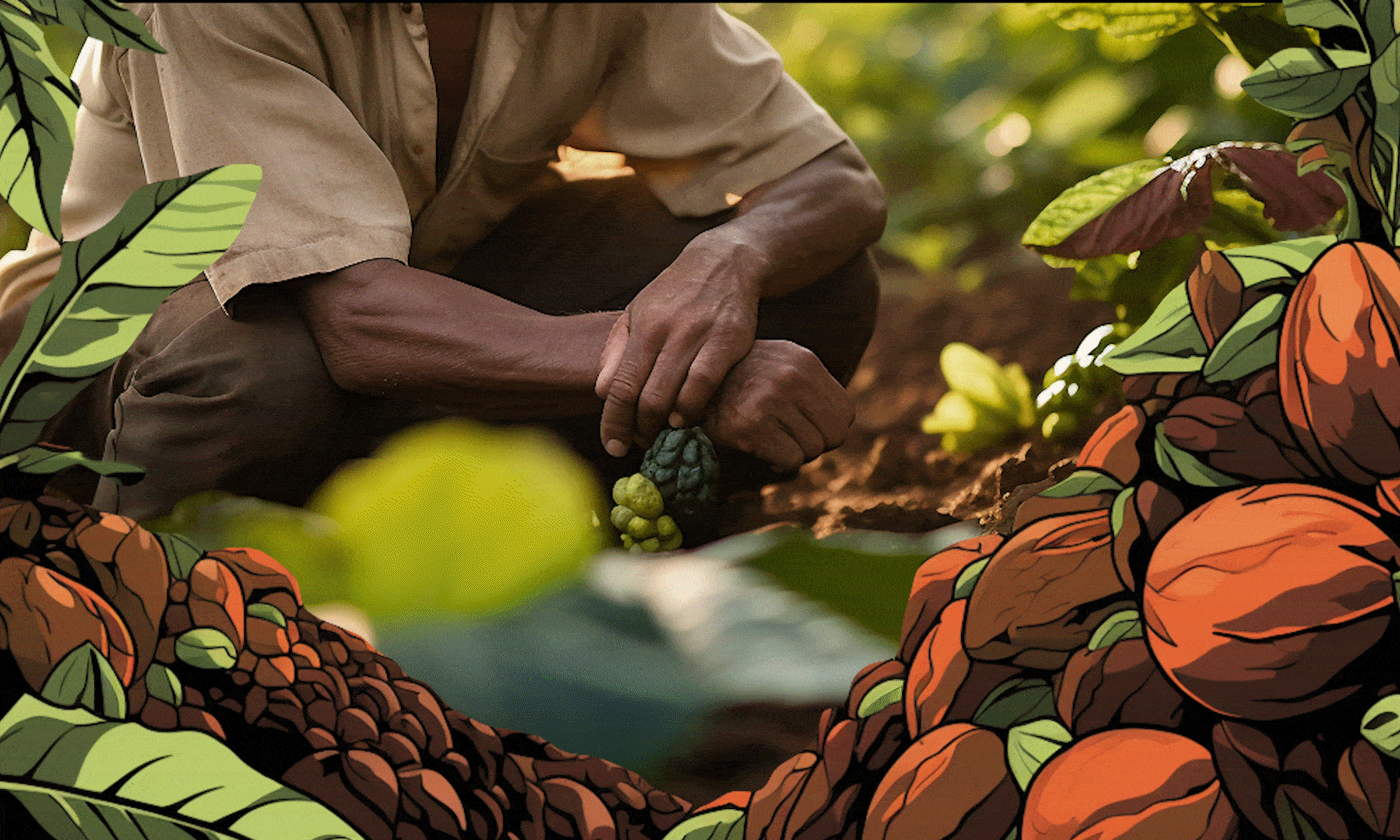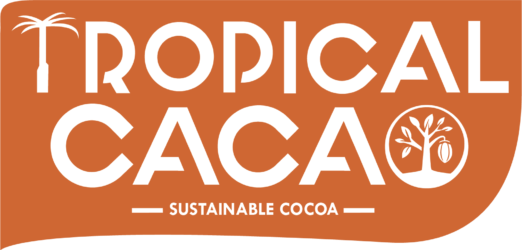Understanding the importance of genetic diversity in cacao farming and how it affects chocolate production worldwide.
Why It Matters
- Biodiversity protection
- Disease resistance
- Flavor preservation
- Sustainable farming


Tropical Cacao – Sustainable Chocolate
Cultivating Quality Cacao, Empowering Communities, and Crafting Excellence in Chocolate
Understanding the importance of genetic diversity in cacao farming and how it affects chocolate production worldwide.
While often used interchangeably, cacao and cocoa offer different benefits for skin health. Learn which is best for your skincare needs.
Create the perfect cup of hot chocolate using organic ingredients that prioritize both health and taste.
Discover how cocoa powder can revolutionize your hair care routine through its rich nutrient content and natural properties.
Cacao powder isn’t just for eating – it’s becoming a popular ingredient in skincare. Discover how this superfood can transform your skin health and appearance.
Unfermented chocolate, often marketed as “raw chocolate,” has gained popularity among health-conscious consumers. This guide explores what makes it unique and how it differs from conventional chocolate products.
Understanding the pros and cons helps make an informed choice:
As interest in cacao’s health benefits grows, many wonder whether fermented cacao powder offers superior benefits. Let’s examine the scientific evidence behind both varieties to help you make an informed decision.
During fermentation, natural microorganisms transform the beans, creating:
Research suggests fermented cacao may offer:
Cacao nibs are becoming increasingly popular as a superfood, but the choice between fermented and unfermented varieties can impact both taste and health benefits. Let’s explore the key differences to help you choose the right type for your needs.
Cacao nibs are simply crushed cacao beans, representing chocolate in its purest form. The fermentation process significantly impacts their flavor profile and nutritional benefits.
The age-old debate of fermented versus unfermented cacao powder has confused health enthusiasts and chocolate lovers alike. In this comprehensive guide, we’ll explore the key differences, benefits, and uses of both varieties to help you make an informed choice for your health and culinary needs.
Fermented cacao undergoes a natural process where the beans are left to ferment for 5-7 days before processing. During fermentation, beneficial compounds develop that enhance both flavor and nutritional content. Unfermented cacao, also known as “raw” cacao, skips this step, resulting in a different nutritional profile and taste experience.
Discover the nuances between cacao varieties in our comprehensive guide. Looking for recipes? Jump to our Raw Cacao Recipe Collection. New to cacao? Check out our Beginner’s Guide to Cacao.
Whether you’re making truffles or crafting your bars, understanding the difference between fermented and unfermented cacao is essential. Let’s explore these unique varieties and help you choose the perfect option for your needs.
Raw cacao, harvested from the majestic Theobroma cacao tree, represents chocolate in its purest form. Want to learn more about harvesting? Visit our Cacao Farm Gallery page or explore our Sustainable Farming Practices.
Love our unfermented cacao?
Distinctive Flavor Profile
Nutritional Powerhouse 💪
Ready to try fermented cacao?
Need Help Choosing? 🤔
Visit our Mission and Vision Guide or contact our experts for personalized recommendations.
Our commitment to excellence shows in every product.
New to Tropical Cacao? Start with our Seedlings or read about our Industry for exclusive tips. 🌿
Contact us | Gallery | About Tropical Cacao
Related Articles: